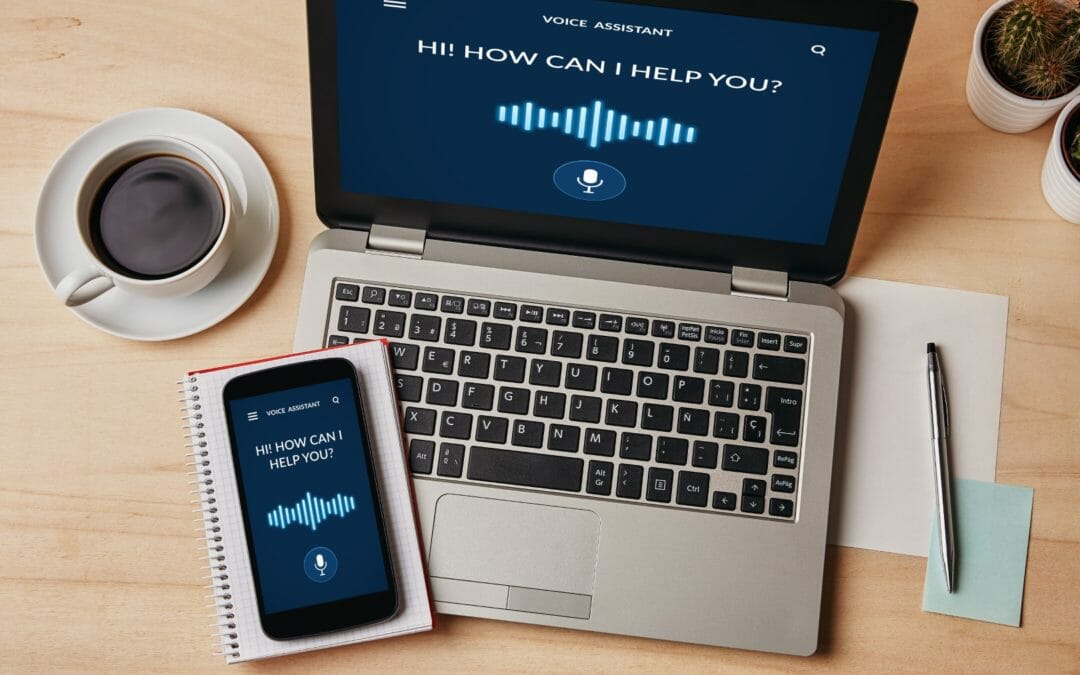People interact with voice interfaces very differently than they do with graphical interfaces. As a result, creating the strongest possible user experience for voice assistants demands a fundamental understanding of how people actually communicate using their voice. Most, if not all, voice assistant users expect their interactions to mirror a normal conversation with another human, so addressing this expectation is crucial to a successful experience.
The growing role of voice assistants
Today’s technology is increasingly built on voice interfaces. All of the major technology companies, including Apple, Amazon, Facebook, Google, and Microsoft, have developed voice-enabled AI assistants. This type of interface will only become more common as people become accustomed to interacting with their devices hands-free. Currently, drivers make up a large portion of voice assistant users, but voice interfaces are helpful during other activities, like exercising, cooking, and traveling.
Consumer expectations for voice assistants
As a growing number of technology products incorporate voice assistants, it’s imperative to understand what customers expect of this interface. The primary goal of any voice assistant is to understand what the user is asking. While humans have no trouble with common idioms or expressions, a voice assistant may need simpler language. For example, a question like, “Do you have to-go coffee?” may need to be rephrased as “I would like to buy a cup of coffee to go” in order to be intelligible to today’s assistants. Developing new ways for assistants to understand human language is a key growth area for the field, but for now, keep in mind the limitations of the form.
Mapping the customer journey
Before designing a new voice assistant application, conduct your own user research to better understand your target audience. While most customers turn to voice assistants for hands-free help, that may not be the only reason your audience seeks a voice solution. Mapping your customer’s journey can help show their needs during various engagement points. For example, a user might use a voice assistant to access driving directions at one point in their day while inquiring about the weather outside at another point.
Providing solutions
Once you understand your target audience’s user journey, review your research and ask yourself a series of questions to help provide appropriate solutions to their needs. These questions can include:
- What are the different scenarios in which your user might access the voice assistant?
- What types of responses will your user expect from the voice assistant?
- Will the user make specific requests? Vague requests?
- How will the user phrase their requests?
Considering every way a typical user might interact with the voice assistant will help shape the way the tool responds to prompts with appropriate replies. Keeping communication simple and conversational is your best bet for creating a satisfying voice assistant experience.

